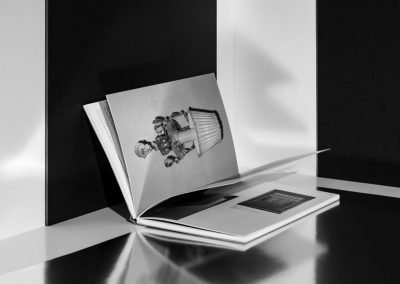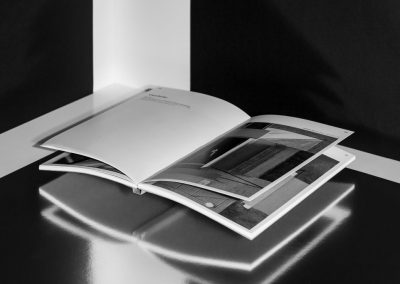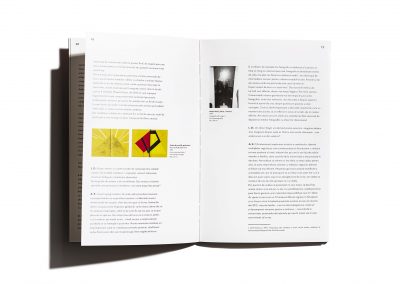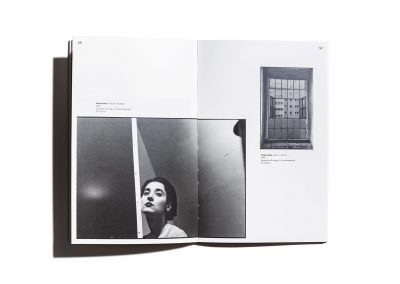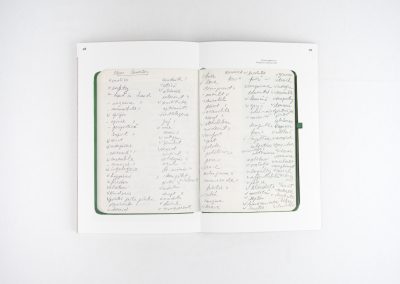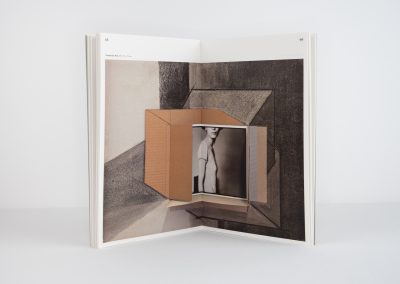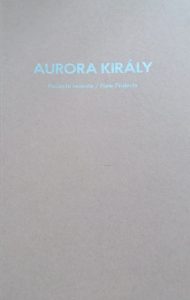
AURORA KIRÁLY, Proiecte recente / New Projects
Author: Aurora Király
Editor: ARAC
Texts by: Liviana Dan, Cristina Stoenescu
Translation: Cristina Stoenescu
Proof-reading: Giles Eldridge, Sandra Demetrescu, Ileana Savu
Photographs: Aurora Király, Iosif Király, Ugron Reka
Design: Larisa Sitar, Aurora Király
DTP: Aurelian Ardeleanu
Project Manager: Anca Poterașu
Paper: Garda Pat Kiara
Printed at: Fabrik
Published by: ARAC & Anca Poterașu Gallery
UNARTE Publishing House / 2017 / Bucharest, Romania
ISBN 978-606-720-092-8
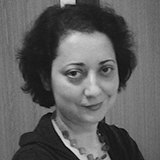
About AURORA KIRÁLY
Aurora Király chooses for her projects a unique frequency of communication with the world. Language as art alternates with the homogenous rhetoric of the modern information system and inbetween these plans there is a subtle transfer of substance. The domestic intimacy of writing, the formal elegance of photography and a special light always tell a good story. Layers of emotion and consultancy reiterate real life. From the long history of abstract avant-garde, Aurora Király takes and inevitably connects art with knowledge. The lines organising her work are austere, yet serene. The conceptual dimension is associated with history, hope, trauma, memory, human relationships, the thoughts of a child, the garden, the last snow…
A profound sense follows the infusions of language and real-life and accepts the experimental code for various daily necessities.
READ MORE: https://ancapoterasu.com/aurora-kiraly/cv
Aurora Kiraly – New projects, published by Galeria Anca Poterașu/UNArte, 2017
”Aurora Király chooses for her projects a unique frequency of communication with the world. Language as art alternates with the homogenous rhetoric of the modern information system and inbetween these plans there is a subtle transfer of substance. The domestic intimacy of writing, the formal elegance of photography and a special light always tell a good story. Layers of emotion and consultancy reiterate real life.
From the long history of abstract avant-garde, Aurora Király takes and inevitably connects art with knowledge. The lines organising her work are austere, yet serene. The conceptual dimension is associated with history, hope, trauma, memory, human relationships, the thoughts of a child, the garden, the last snow…
A profound sense follows the infusions of language and real-life and accepts the experimental code for various daily necessities.
Throughout the years, the activity of Aurora Király has surveyed the field of contemporary art from various perspectives. During the 1990s and the 2000s, her projects explored the capacity of photography to record the quotidian, by combining autoreferential fragments with documentary aspects of day-to-day life. Her black and white photographs as well as the ones in colour are focused on details that are usually overlooked, “embedding” personal moments, for wanting to preserve these fragments, to understand them and to reflect on her existence.
Since 2007 she has taught at the Department of Photography and Dynamic Image, at the Bucharest National University of Arts, an experience that has made her reevaluate her artistic activity and to return with new, mature and profound projects. Her most recent works question the sources that an artist may explore for choosing a subject and the modality through which the said artist approaches context / recent history / art history. The influence of international tendencies and of the art market on art production, the works and the practices of artists who “listen to” and acknowledge their own “voice” represent a few of the issues of interest for Aurora Király at the moment.” Liviana Dan, Aurora Kiraly – New projects, published by Galeria Anca Poterașu/UNArte, 2017
© Foto credit: Adrian Mihaiu, Art Direction: Grapho_mat
ARAC is a non-profit organization founded in June 2012, in order to produce and promote contemporary art in Romania and abroad. The initiative of the 58 Plantelor Residency belongs to Anca Poterasu, gallerist and ARAC President. The first edition of the Residency took place in 2015 and it was financed through a grant offered by Norway, Iceland, Liechtenstein and the Romanian Government.

